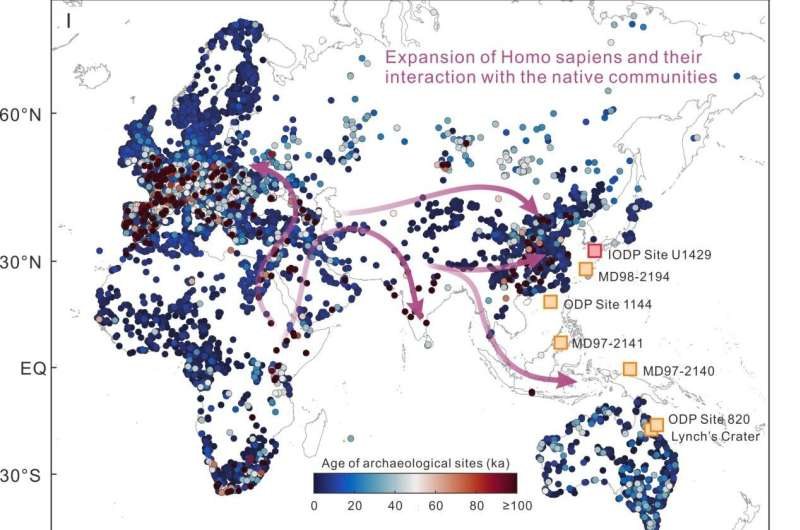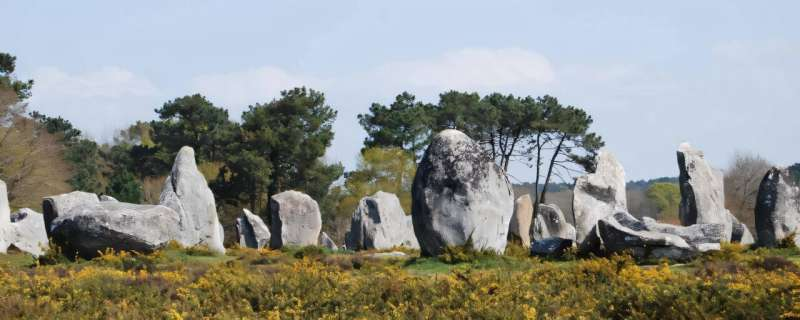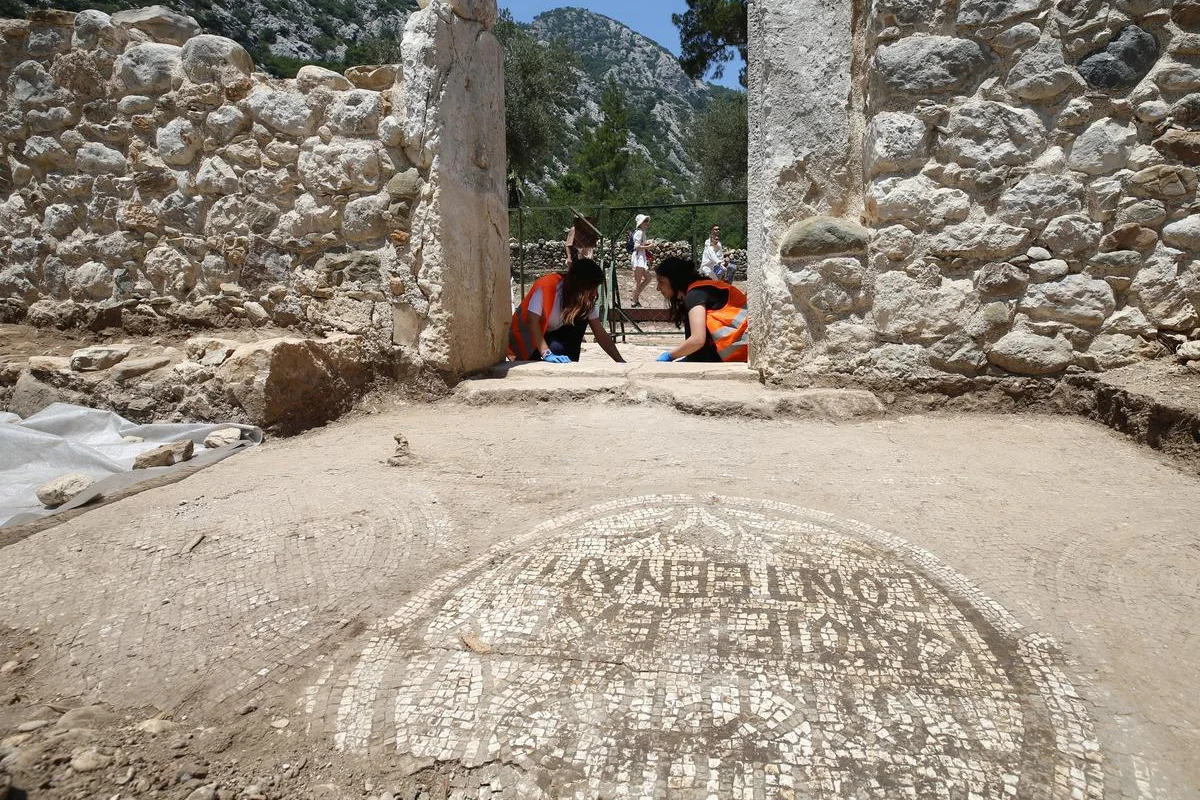The Amazon rainforest, often referred to as the "lungs of the Earth," has long been a source of fascination and mystery. In recent weeks, an extreme drought in parts of Brazil's Amazon has unveiled an extraordinary secret hidden beneath the waters. The receding river levels have exposed dozens of rock formations adorned with ancient carvings, potentially dating back some 2,000 years. This unexpected revelation has captivated scientists, locals, and visitors, offering a unique opportunity to explore the region's rich history. However, it also raises disquieting questions about the future of the Amazon in the face of climate change and environmental challenges.
Livia Ribeiro, a resident of Manaus, the Amazon's largest city, recently embarked on a journey to witness the astonishing rock engravings, spurred by rumors from friends. After viewing the dazzling relics, she expressed her astonishment, saying, "I thought it was a lie... I had never seen this. I've lived in Manaus for 27 years." These rock carvings are ordinarily concealed beneath the waters of the Negro River, making them invisible to the naked eye. However, an unprecedented drop in the river's water levels, the lowest in 121 years, has brought these ancient engravings to the surface.
Environmental Concerns
While the surfacing of these engravings is a source of wonder and fascination, it simultaneously stirs concerns about the environmental challenges faced by the Amazon. Ribeiro's sentiments echo the sentiments of many in the region: "We come, we look at (the engravings) and we think they are beautiful. But at the same time, it is worrying... I also think about whether this river will exist in 50 or 100 years." The drought has severely impacted transportation and supplies in a region heavily reliant on its intricate network of waterways.
The drought, which has exposed these ancient carvings, is exacerbated by this year's El Nino event. El Nino is an irregular climate pattern over the Pacific Ocean, known to disrupt weather patterns worldwide. Its contribution to the dry season's severity underscores the larger issue of climate change, affecting regions far beyond the Amazon. As the world grapples with climate change, the Amazon, as a vital component of the Earth's ecosystem, faces considerable challenges.
Archaeological Significance
The rock engravings, located at Praia das Lajes, have been deemed an archaeological site of "great relevance" by experts, including Jaime Oliveira from the Brazilian Institute of Historical Heritage (Iphan). These engravings first came to light in 2010 during a previous, though less severe, drought. The backdrop of dense jungle and the low brownish waters of the Negro River only add to the mystique of the site. Most of the engravings depict human faces, with some of them having rectangular or oval shapes, adorned with expressions ranging from smiles to grimaces. According to Oliveira, this site captures human emotions and feelings, akin to contemporary works of art.
Historical Insights
Beatriz Carneiro, a historian and an Iphan member, underscores the invaluable historical insights that Praia das Lajes offers. This site sheds light on the early inhabitants of the region, a topic that remains relatively unexplored. She laments the site's reappearance during the drought but acknowledges that having the rivers flooded and keeping the engravings submerged can help preserve them more effectively than human efforts.
The unveiling of these ancient rock engravings in Brazil's Amazon is a poignant reminder of the intricate relationship between human history and the environment. While the carvings offer a fascinating glimpse into the past, they are also a stark illustration of the environmental challenges faced by the region. Climate change, exemplified by the drought and El Nino, poses a looming threat to the Amazon and its delicate ecosystem. The rediscovery of Praia das Lajes invites us to reflect on the urgent need for environmental stewardship and climate action to safeguard the Amazon and its invaluable treasures for generations to come.







